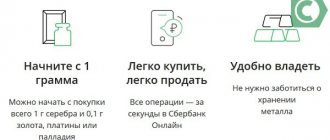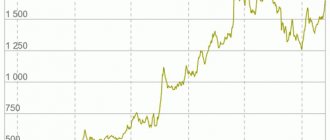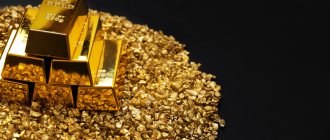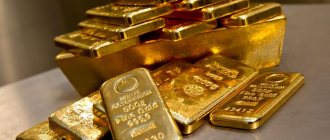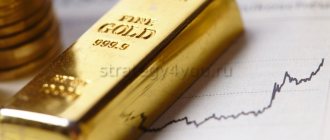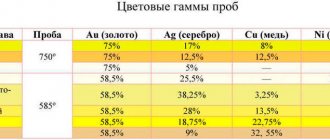The gold market has changed greatly over the past few centuries, expanding throughout the world and dividing into several types. The world of money is often ruled by strong currencies of different countries, but the sunny precious metal consistently does not lose its relevance, because it is in it that financial resources are invested during times of crisis. Gold, as they say, can be touched with your hands; it is a physical thing, the value of which will always be stable, no matter what revolutions, wars or natural disasters rage in different countries. Therefore, whenever something out of the ordinary happens, business tycoons try to get rid of currency by buying real high-grade gold. Ordinary citizens do not lag behind financial geniuses, knowing that at a critical moment the solar precious metal can provide them with a financial cushion.
In world markets, this product is sold like any other material product. The brisk trade in precious metals is concentrated in just a few large centers. Some of them have been so for several centuries, but in recent decades new centers from rapidly developing countries have begun to make their way into the gold trading arena. Let's figure out how different types of gold markets differ from each other and what conditions for the sale of this precious metal are offered in the largest trading centers.
What is the gold market
The gold market is a comprehensive and multifaceted concept that includes all aspects of the circulation of the yellow metal and its circulation in the system of a particular state entity or the global economy as a whole.
This term may include:
- production;
- world settlements;
- hoarding;
- investing and hedging;
- trading, etc.

Types of markets
Gold markets can be divided into 3 types:
- international;
- internal;
- black.
Next I will talk about each separately.
International
International markets shape the global relationship with the precious metal. Their main task is to build a system that ensures the circulation of gold on world platforms.
There are about 50 such international sites. Among them, for example, London, Dubai, etc.
With the help of the largest exchanges, trade is carried out between organizations from different countries. Deliveries here are always large in volume, and transactions are often carried out with standardized bars weighing 12.5 kg.
Trading on these platforms can be profitable due to the establishment of benefits for customs and tax duties in relation to gold.
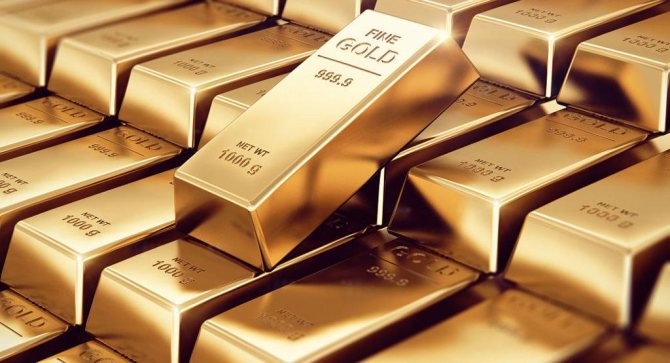
Domestic
National or domestic gold markets, as a rule, provide all the necessary conditions for comfortable circulation of gold within one state or several allied countries.
Based on the type of circulation and control, domestic gold markets can be divided into:
- free;
- closed.
Black
Due to aggressive regulation and numerous restrictions in the non-free type of domestic markets, so-called black or shadow markets often arise.
India can be called the most prominent representative of illegal gold trafficking.
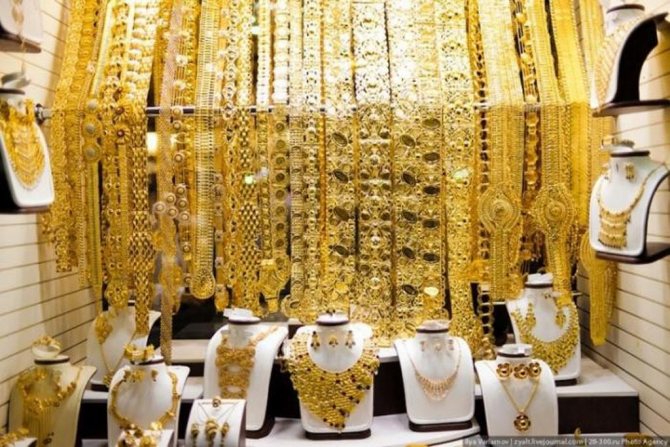
Functions
A metal trading system is necessary so that market participants can carry out the operations they need:
- Purchase of precious metals for industrial and household consumption, investment, and risk insurance.
- Sales of mined precious metals.
- Speculation - obtaining benefits as a result of successfully predicting exchange rate fluctuations (“playing on the stock exchange”).
The precious metals market satisfies all these needs. Technologies for the development of ore deposits are developing, and gold and silver (to a lesser extent platinum and palladium) remain stable enough in value that it is not scary to invest in them. At the same time, exchange rate fluctuations allow the metal to be used for speculation.
Gold trading centers
The main world centers for legal trade in the yellow metal are:
- London, Great Britain);
- Zurich (Switzerland);
- USA;
- Singapore;
- Türkiye;
- Dubai;
- Hong Kong;
- Japan.
Next, I’ll tell you about the features of each of the world’s largest platforms.
London
Gold trading in the capital of Great Britain began quite a long time ago. Regular deliveries of gold have been carried out in London since 1967.
For a long time, it was an international platform focused on ensuring the circulation of solar metal for third-party organizations and individuals. Residents of the country could not make transactions in the domestic market, but since 1979 they have had this opportunity.
Currently, London ranks first in precious metal trading.
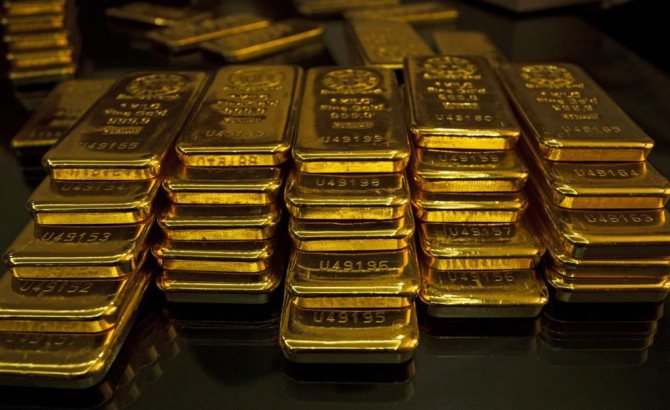
Zurich
Zurich's heyday as a global gold trading center began in the 1970s. At this time, Switzerland managed to conclude contracts for the supply of yellow metal from South Africa and the Soviet Union (the largest producers at that time). During this period, almost half of all industrial gold passed through sites in Zurich.
In addition, the position of the Swiss in the commodity market was strengthened thanks to the country's stable and neutral large banks.
Another noteworthy point is that in Switzerland, both exchange and over-the-counter trading, aimed at each specific client, was actively developing at the same time.

USA
American stock exchanges are the absolute leaders in trading derivatives for the yellow metal. It is in the US markets that almost 90% of all gold futures are traded.
Along with this, the country's leading banking institutions are actively involved in physical bullion trading. In this regard, the center of trade is New York; it is through this city that most wholesale supplies of precious metal to the United States pass.
Singapore
The Singapore market is a fairly young platform. However, it is rapidly increasing its presence and taking share from other global centers for trading the yellow metal.
It is mainly attended by representatives of the Asian region.
One of the features of the market in Singapore is the fact that the country has abolished the tax on any transactions with gold, which naturally and for obvious reasons attracts many foreign participants.
Türkiye
Türkiye is a significant player for its region. The country's main trading platform is located in Istanbul and has been operating since 1995.
The supply of precious metal is mainly carried out for subsequent use in the jewelry industry. However, Türkiye is also a supplier of gold bars to a number of regional partners.
Dubai
The yellow metal trading market in Dubai originated in the 60s. The bulk of the volume passed through the port in the Persian Gulf.
Dubai has the advantage of being a regional player and its main clients and suppliers are neighboring countries.
An interesting fact is that there are ATMs in Dubai where anyone can buy a gold bar.
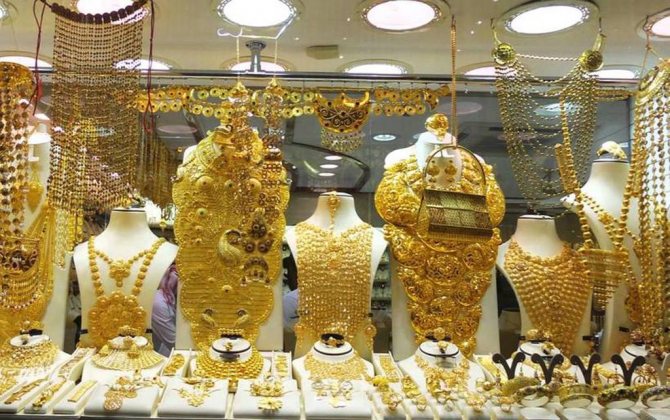
Hong Kong
Hong Kong represents one of the oldest gold trading exchanges. Back in 1910, a “precious metals trading company” was opened here, which was later renamed the Chinese Trading Society.
Since it was previously a British colony, in the period from 1947-74. Tighter exchange controls were established in Hong Kong. As a result, gold had to be transported illegally.
But after liberalization, Hong Kong quickly began to increase its share in the global precious metals trading market. Gold price quotes in this region have become the main benchmark for the eastern hemisphere.
However, now the importance of sites in Hong Kong is no longer so great.
Japan
Japan has had a commodity exchange (TOCOM) since 1984. It is where the main turnover of the yellow metal takes place in the country. This site has a standardized calculation metric, which involves quoting based on the number of yen per 1 gram of 999 fine gold equivalent. And the minimum transaction volume is set at 1 kg of precious metal.
Brief history of formation
For a long time, gold and silver (platinum and palladium were not mined until the 20th century) were a measure of the value of a commodity - money was minted from them in prehistoric times. When people appreciated the convenience of using gold as a reference currency, a real technological breakthrough occurred: the mining and metallurgical industries developed.
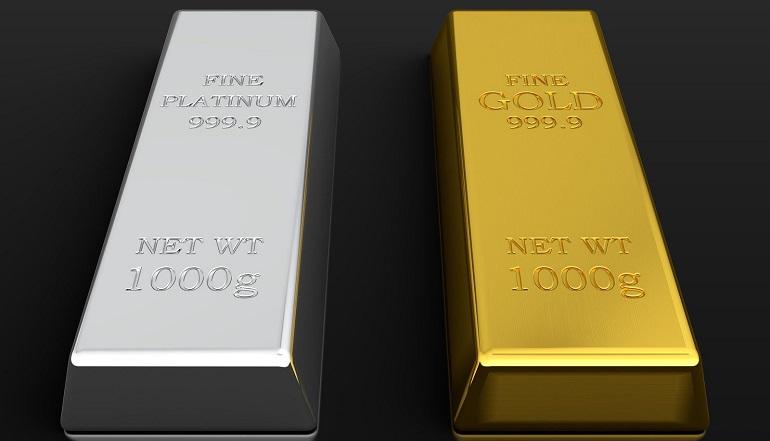
Over time, precious metals were withdrawn from direct participation in trade as money (such coins were too expensive, difficult to transport, heavy and prone to deformation). In their place came paper money—essentially, gold certificates that could be exchanged for a certain amount of gold.
Precious metals have long remained the most stable currency, which people especially counted on in times of wars and crises. In the 19th century, many countries officially introduced the gold standard.
Expert opinion
Lyudmila Pestereva
Our most experienced gold investor
Ask a Question
The global precious metals market has undergone significant changes over the past century before it took on its modern form. This was influenced by the abolition of the gold standard (refusal of the free exchange of money for a specific gold unit). In 1971, the US finally abolished the gold backing of the dollar, and gold was demonetized - it ceased to serve as money.
There is a point of view among economists that demonetization has not yet been completed and gold continues to serve as the world’s “reserve fund.” However, now precious metals are sold and bought in commodity form for national currency.
Proponents of partial demonetization are right that gold is used as a reserve asset, but we can confidently say that it has lost most of its monetary functions.
Gold price forecast for today
Recently, gold on the market has greatly increased in price: from $1,300 to $1,500 per ounce.
This is primarily due to the monetary policies of the largest economies. In 2021, one could observe a rather aggressive stance in the US regarding raising interest rates. However, over the next six months, the market’s opinion changed dramatically; now there is a mood for a soft monetary policy.
The second factor adding fuel to the growth fire of the noble element is the US-China trade war and general tensions in global markets.
In past periods, under such conditions, there was always a large increase in prices for the yellow metal. Looking forward, it is very likely that as long as there is continued global uncertainty and large debt with negative rates, demand will remain strong and prices will rise towards $1,700-$1,800 per ounce.
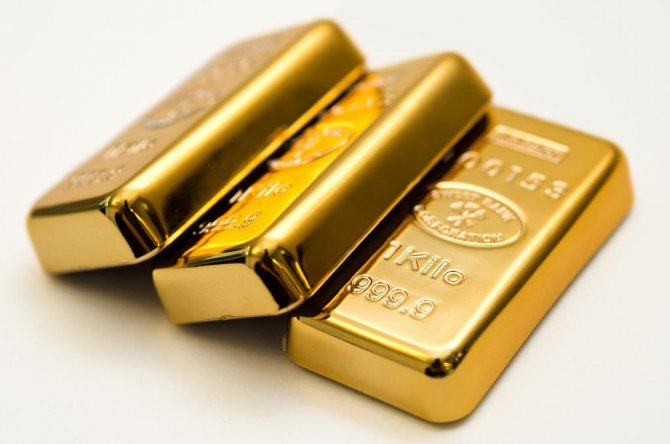
General characteristics of gold on the stock exchange
Exchange contracts in modern times do not necessarily need to be backed by a corresponding volume of physical goods. Therefore, the volume of trade exceeds the gold mined. And exchange trading, in turn, reflects speculative interest; their goal is not to purchase a real raw material element, but to extract paper profit from the transaction.
Thus, any participant of the Moscow Exchange can purchase futures GOLD – 12.19 (Ticker: GDZ9) on the derivatives market.
Here are his general details:
| Warranty for purchase | About 8000 rub. |
| Expiration date | 19.12.2019 |
| Price step | 0.1 point |
| Price step cost | 6.7 rubles (depending on the dollar exchange rate) |
What affects the gold price on the stock exchange
To a greater extent, the cost of yellow goods on the market may be influenced by the following factors:
- Economic growth and monetary policy of the largest economies.
- Political tension in the world.
- Supply and demand in the market.
- Quantity of inventory.
- Production volumes.
Inventories and production
Here is a table with the leading countries in production and reserves. All data is for 2021.
| A country | Production volume, tons | A country | Volume of reserves, tons |
| China | 426,0 | USA | 8 133,5 |
| Russia | 318,0 | Germany | 3371,0 |
| Australia | 295,1 | Italy | 2451,8 |
| USA | 230,0 | France | 2436,0 |
| Canada | 175,8 | Russia | 1909,8 |
| Peru | 162,3 | China | 1842,6 |
| Indonesia | 154,3 | Switzerland | 1040,0 |
| South Africa | 139,9 | Japan | 765,2 |
| Mexico | 130,5 | Netherlands | 612,5 |
| Ghana | 101,7 | India | 560,3 |
Gold vs dollar
To begin with, I will make a reservation that all the main benchmarks that are used to evaluate gold are quoted in dollars.
Recently, Russia has been actively getting rid of US Treasury bonds and buying gold bars. And now many people have a question: what is better to store money in, in dollars or buy a gold bar and save yourself from money depreciation in this way. History says that despite the rather high volatility of the yellow metal in the markets, its price has a positive trend in long-term periods.
In this regard, it would be fair to say that it is better to store money in bullion. However, for a private investor, an extremely important factor is the entry point or purchase price, as well as alternative investment opportunities (for example, the rate of a risk-free deposit or a treasury bond). Therefore, no clear conclusions can be drawn.
How to perform technical analysis of gold
Technical analysis of markets is a broad area of knowledge. Essentially, it is the use of graphically depicted historical statistics to predict future price movements. It is expected that past trading patterns will continue to be repeated in the future.
The most common and basic things are identifying trends and searching for extreme points or turning points (support/resistance).
In addition, technical analysts often use formations or trading patterns (head and shoulders, double bottom/top, pennant, flag, etc.).
And another tool used in graphical analysis of markets are indicators. The most frequently used indicator in traders' arsenal is the moving average.
Below is a chart of gold on the daily timeframe. Each candle determines the price direction during one trading session.
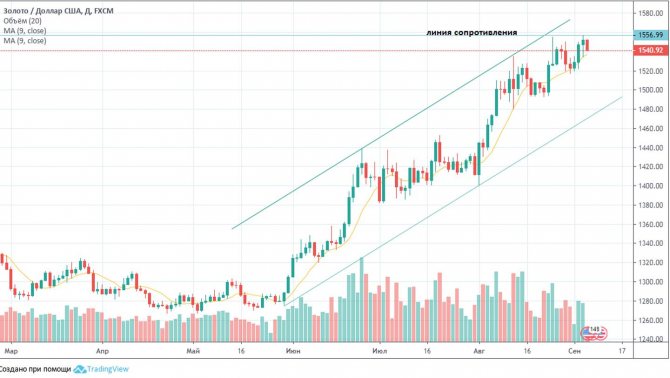
The figure shows that the yellow metal is in an uptrend, not far from the resistance line, where the price reversed and pulled back in the opposite direction the last two times. The chart also shows the “movingaverage” indicator. The histogram below shows the volume that traders traded during each session.
From a technical point of view, at the moment we can expect a slight correction and a rollback to the lower border of the ascending channel. In turn, a breakdown of the resistance line can give a bullish signal to continue the upward movement.
Gold trading
Trading precious metals can be done in different ways.
If we talk about exchange instruments, then there is the opportunity to invest in gold:
- through commodity exchanges;
- on the Forex market;
- through the purchase of structured products (ETFs or mutual funds);
- metal bills;
- indirectly, through the purchase of shares of gold mining companies.
In addition, you can use other ways to purchase physical raw materials through:
- ingots;
- jewelry and valuables;
- investment coins.
Participants
The companies participating in the tenders and thus influencing the situation on the market differ in both scale and type of activity.
Gold mining companies
Owners of mines, mines and mines are the main suppliers of metals to interstate markets. Small businesses most often cannot work with brokers directly and are forced to use the services of intermediaries.

There are also large gold miners: the Canadian company Barrick Gold, which occupies a leading position in the ranking, the Australian Newcrest Mining, and the British Goldcorp. These are corporations that work with the largest volumes and therefore have a huge impact on the situation in the system.
Industrial users
The main clientele of the market are enterprises that process precious metals and turn them into consumer products: jewelry, luxury goods, and high-tech devices. These are jewelry and electrical production, refineries that prepare metal for subsequent remelting.
A distinctive feature of industrial buyers is that they need a product of a certain quality depending on the purpose: for example, only pure metal is suitable for the production of microcircuits, while a jeweler can process gold dust.
Precious metals exchanges
Participants trading on exchanges do not operate with “live” metal, but mainly with futures contracts - agreements for the sale of an asset on special terms. The main purpose of such operations is hedging, that is, price insurance by opening forward transactions to compensate for risks in another market.
The world's largest exchanges are located in London, Shanghai, New York and Tokyo.
Central banks
The most influential ones are in the USA, Great Britain and Germany, but banks in other countries also play an important role - in particular, the Bank of Russia, in whose vaults most of the gold reserves of the Russian Federation are located.
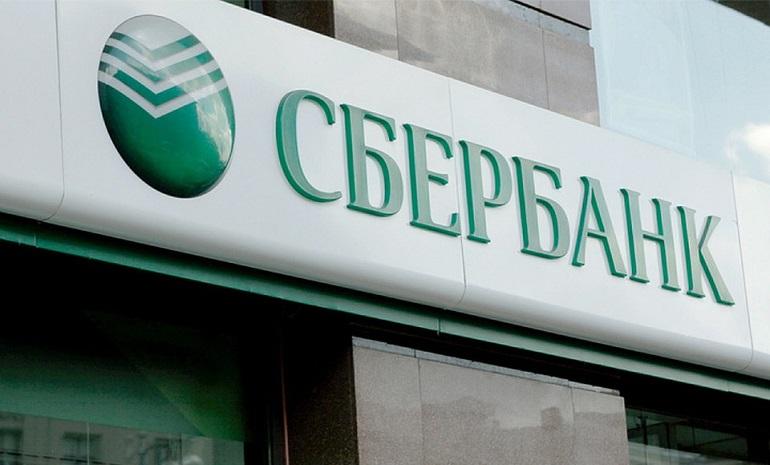
Other countries participating in international trade also store a significant portion of their reserves in the form of physical gold - bullion. The central banks that store these treasures (hundreds and thousands of tons of gold!) are the largest sellers in the metal market.
Professional dealers and intermediaries
This market segment is represented by:
- dealers;
- brokers.
The difference between a dealer and a broker is that the first carries out trade intermediation on his own behalf and at his own expense, while the second (broker) is an intermediary acting at the expense and on behalf of the client. The broker does not become the owner of the assets, cannot dispose of them on his own behalf and works for a commission.
Expert opinion
Lyudmila Pestereva
Our most experienced gold investor
Ask a Question
The dealer's income is generated by the difference between buy and sell quotes (spread). The dealer (unlike the broker) has the right to set a quote for the client independently.
Investors
Investors are companies (for example, pension funds) or individuals who use gold to build savings. Special bars and investment coins are issued for them. There are investors who buy metal without delivery - with the aim of further use for speculative purposes.
Some publications note that investors from Asia are more inclined to purchase precious metals to preserve resources, while European and American investors are increasingly choosing to play on the stock exchange.
